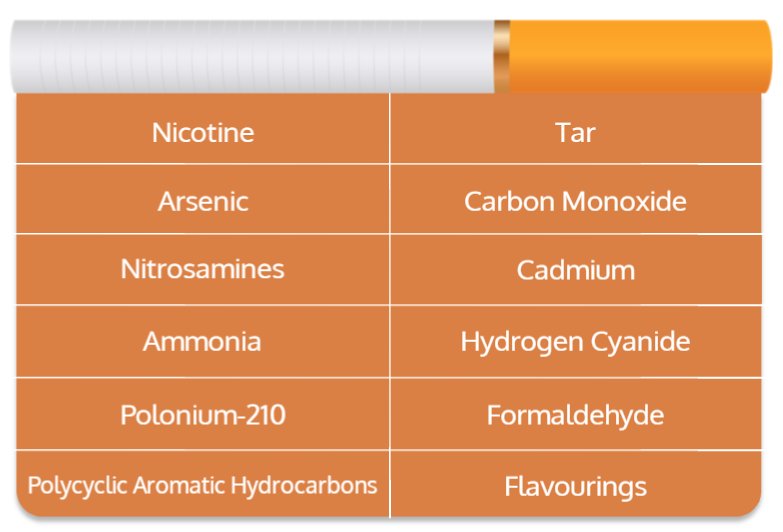Australia could
become the first country to eradicate cervical cancer, according to an
announcement from the International Papillomavirus Society.
New research,
published on Sunday, reveals that Australia’s free HPV vaccine program in
schools has led to a dramatic decline in future cervical cancer rates. Within 40
years, the number of new cases is projected to drop to “just a few”, professor
Suzanne Garland from the Royal Women’s Hospital, who led the research,
said.
HPV (human
papillomavirus) is a sexually transmitted infection that causes 99.9% of
cervical cancers. In 2007, the federal government began providing the vaccine
for free to girls aged 12-13 years, and in 2013, it extended the program to
boys. Girls and boys
outside those ages but under 19 can also access two doses of the vaccine for
free. In 2016, 78.6% of 15-year old girls and 72.9% of 15-year old boys had
been vaccinated.
As a result,
the HPV rate among women aged 18 to 24 dropped from 22.7% to 1.1% between 2005
and 2015.
